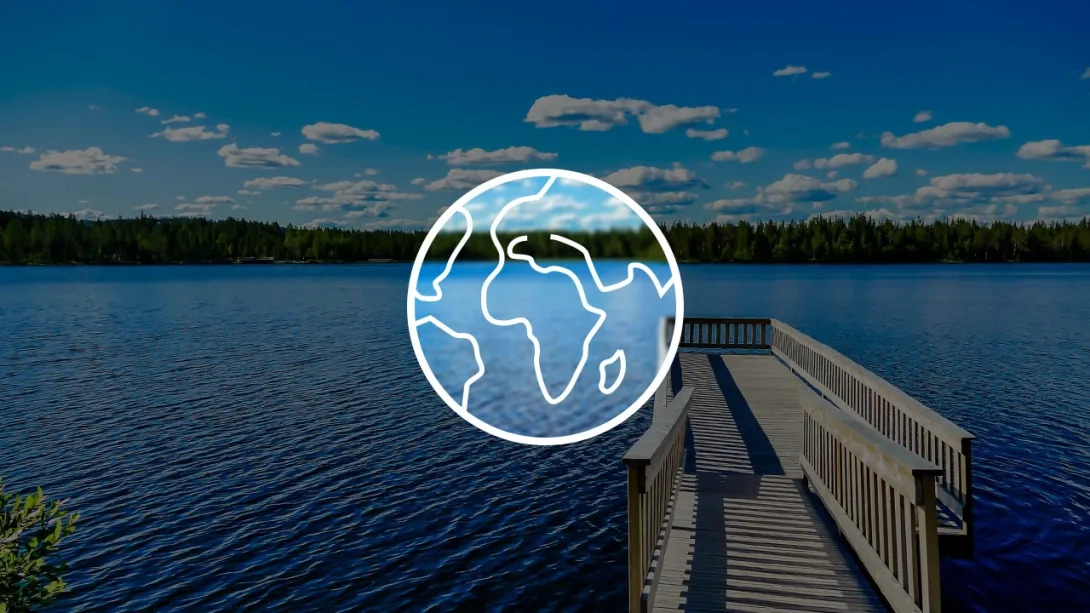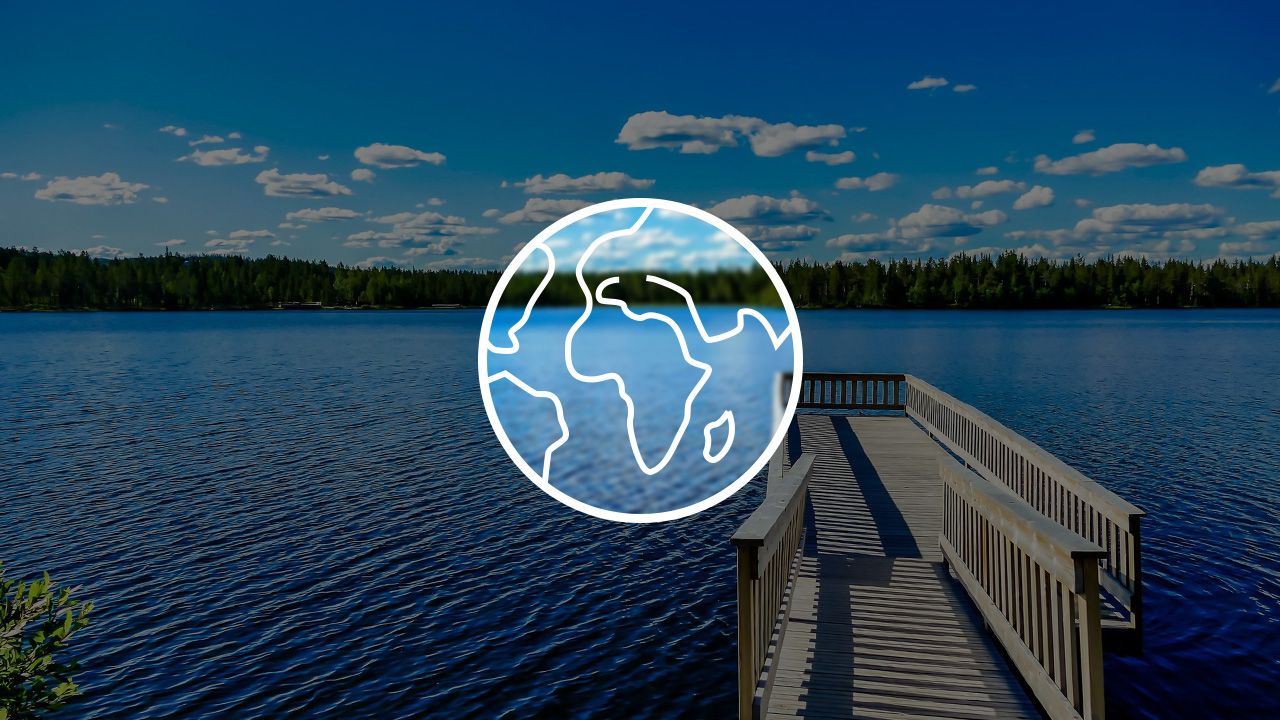In the modern world, human impact has affected almost all natural water bodies, leading to a decline in water quality. Over the last 50 years, humanity has begun to realize the harm caused by the uncontrolled destruction of drinking water sources. Today, we will discuss bodies of water that have preserved their pristine state or have been restored by humans after years of pollution.
Crater lake (USA, Oregon)

Besides being a national park and landmark, its waters are recognized as some of the cleanest in the world. The average water transparency reaches 37 meters, which is an excellent indicator for a natural water body. For example, in quite clean water bodies in Ukraine, this indicator may not even reach five meters.
This is due to the lake's volcanic origin and the absence of inflows or outflows. The water quality in it is very high. Notably, it hasn't worsened in recent years, and some indicators have even improved.
The water transparency has remained around 30 meters for the past 30 years with some systematic deviations, with the maximum transparency reaching 41.5 meters. In the past decade, the number of algae, indicating organic pollution, has decreased. The overall salinity is at 80 mg/l, mostly composed of calcium, magnesium carbonates, and sodium compounds.
Lake Malawi (South Africa)

Lake Malawi fills a large depression between three countries: Malawi, Mozambique, and Tanzania. It is 560 km long and reaches a depth of 706 meters.
The lake receives water from 14 perennial rivers, and water leaves only by evaporation or through the Shire River that originates from the lake. It is worth noting that due to this, the water has a slightly elevated salt content.
The chemical composition of the water is quite complex. The total salinity can reach 140 mg/l, primarily due to calcium, magnesium, and sodium compounds.
Another value of the lake is its rich diversity of fish species and other animals.
Rubalo river (Puerto Williams, Chile)

Scientists believe that in the city of Puerto Williams, which serves as a port for many researchers, the cleanest water in the world is sourced from the Rubalo River, almost without purification. However, we cannot confirm if this is indeed the cleanest water in the world, as no studies have been found in scientific sources.
Yotei mountain water (Japan)

At the foot of Mount Yotei, there are several small waterfalls where water from the glacier at the peak collects and flows down. While there is no study available on this water body, it is allowed to be consumed raw. Similar reviews are given to water from Mount Emei in Sichuan Province, China.
Tara river (Montenegro, Bosnia and Herzegovina)

The river originates in the mountainous region and flows for 144 km through Montenegro and Bosnia and Herzegovina before merging with the Drina River. It flows through the deepest canyon in Europe, which is listed as a UNESCO World Heritage site.
Blue lake (New Zealand)

Located at the foot of the mountains, this lake has been almost untouched by human activity. It has the shape of a boomerang and stretches 200 meters along each arm. The water is a soft blue color with transparency reaching 70-80 meters; for comparison, distilled water has a transparency of 80 meters. It is considered the clearest water in the world. The purity of the water is attributed to the fact that it passes underground from the neighboring Lake Boden and is fully filtered.
Lake Vostok

This large subglacial lake in Antarctica is located beneath a 4-kilometer thick layer of ice. Its approximate dimensions are 250 by 50 meters, and it reaches depths of over 1200 meters. The water temperature at the surface, where it meets the ice, is -3°C, but it may reach 10°C at deeper levels. The water also contains sufficient oxygen, and scientists suspect there may be geothermal sources within the lake.
The purity of the water is explained by the fact that it has been isolated from the environment for thousands of years under the ice sheet. Therefore, this body of water may top the list of the cleanest lakes in the world.








